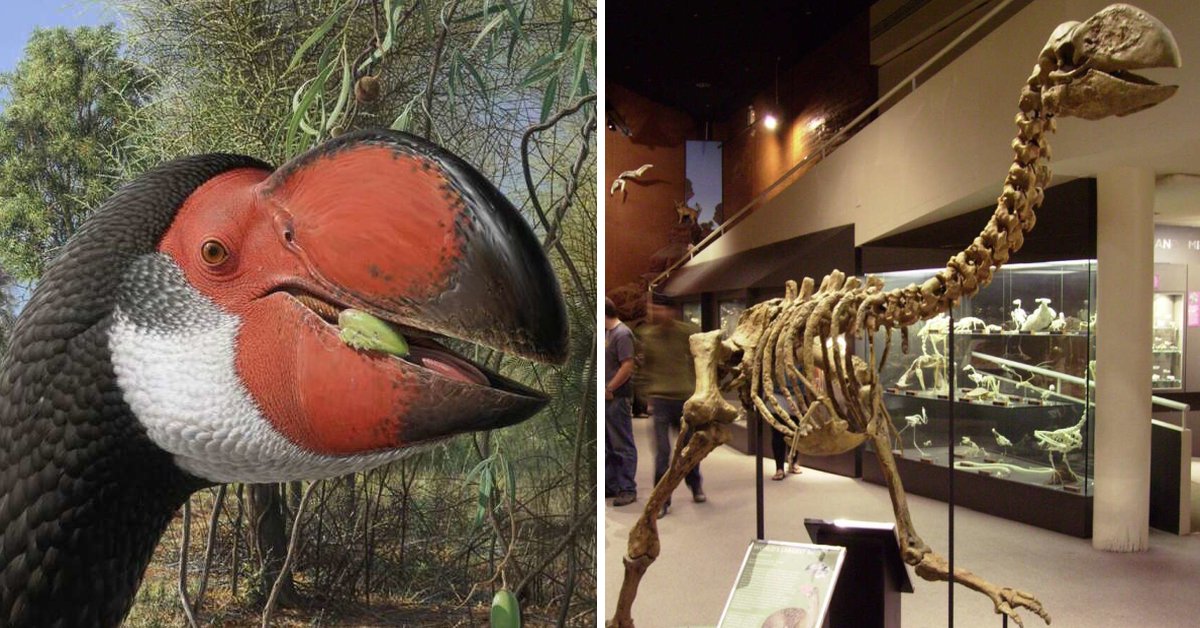Australia was once home to a huge duck relative that weighed as much as a big horse. Now, we have information about their intellectual capacities.

Although we haven’t found any fossilized brains of the eight known species of the mihirung family – an Aboriginal term for “giant bird” – (Latin: Dromornis stirtoni), we do have a number of skulls to study. Dr Warren Handley of Australia’s Flinders University has thoroughly examined them and found them extremely revealing as to the shape of the brain inside. Combining information on where the large bits of the giant birds’ brains were with observations about their other parts, such as the size and location of their eye sockets, has proven to be especially illuminating, IFL Science reports.
In the journal Diversity, Handley and Dr Trevor Worthy describe the animal as having “a relatively large cerebellum and associated hindbrain.”

“Together with their large, forward-facing eyes and very large bills, the shape of their brains and nerves suggested these birds likely had well-developed stereoscopic vision, or depth perception, and fed on a diet of soft leaves and fruit,” Handley said in a statement.
“The shape of their brains and nerves have told us a lot about their sensory capabilities, and something about their possible lifestyle which enabled these remarkable birds to live in the forests around river channels and lakes across Australia for an extremely long time.”

Scientists have found gastroliths – stones many birds use to break down food – with some dromornis fossils, which has confirmed the nature of their diet. But did they get to be part of other animals’ diet?
The researchers believe that, for most of their time, adult mihirungs had no predators. But they didn’t get so big to avoid being eaten. They were the result of a process whereby some herbivores respond to a poor diet by becoming enormous. Only through size could they get enough of the low nutrition food available to them to survive, and being so tall allowed them to devour on fresh leaves growing higher up on trees. “Sexual selection would also have contributed,” Handley noted, with the largest males winning mating fights.

Handley’s study confirms that mihirungs are part of the chicken and duck family, and not the ratite family (a group that includes ostriches, kiwis and cassowaries) as once thought. Their demise is hotly debated, but, according to Handley, the arrival of humans in Australia definitely contributed.
These giant birds managed to survive from around 24 million years ago until around 50,000 years ago. The largest, and last surviving member of their family, D. stirtoni, grew to 3 meters (10 feet) tall with males weighing as much as 600 kilograms (1,300 pounds). Although some estimates make Madagascar’s elephant birds (which became extinct 1000–1200 CE, probably also as a result of human activity) larger still, Handley confirmed that using consistent techniques to estimate weight, these were indeed the heaviest birds ever to shake the Earth.
Souces: 1, 2, 3
